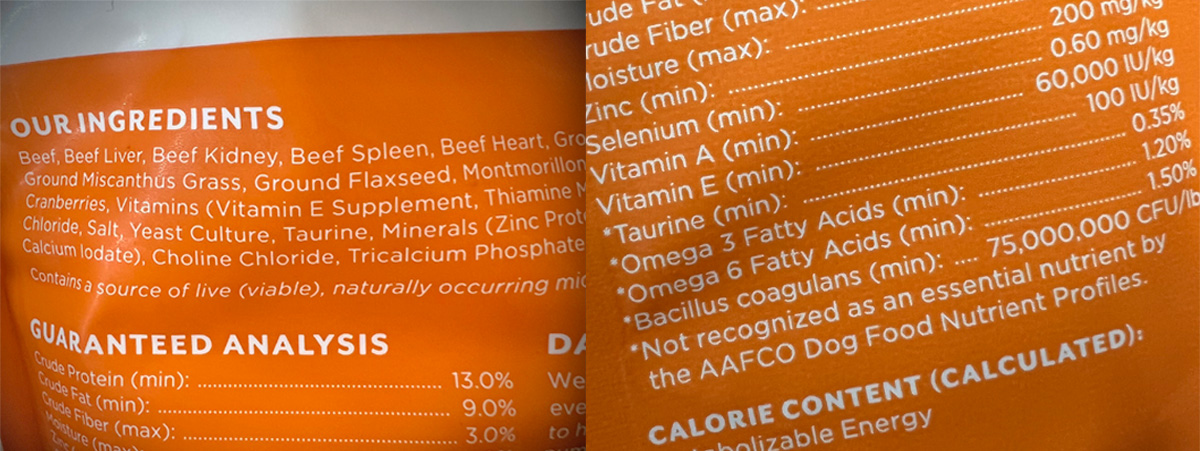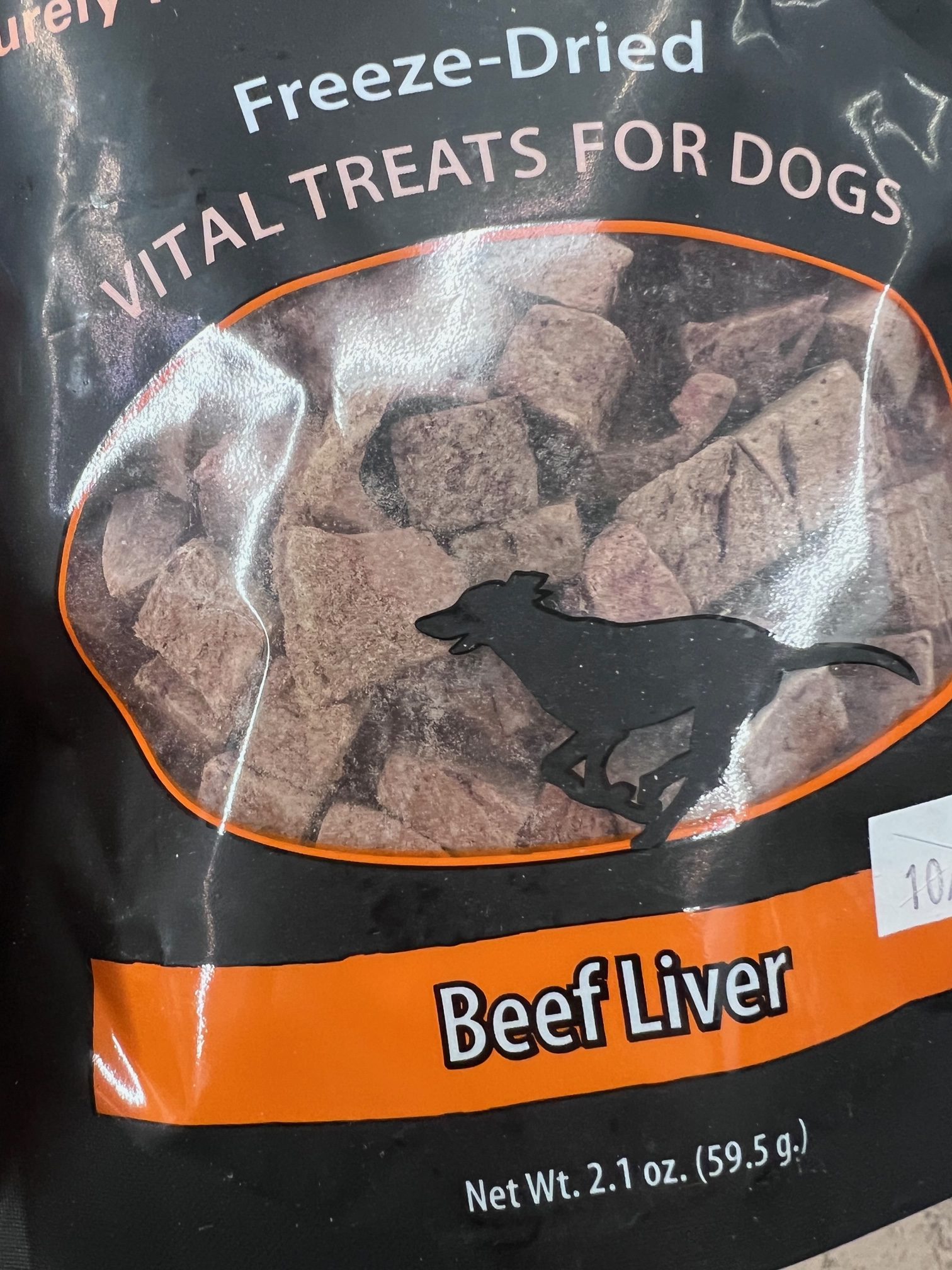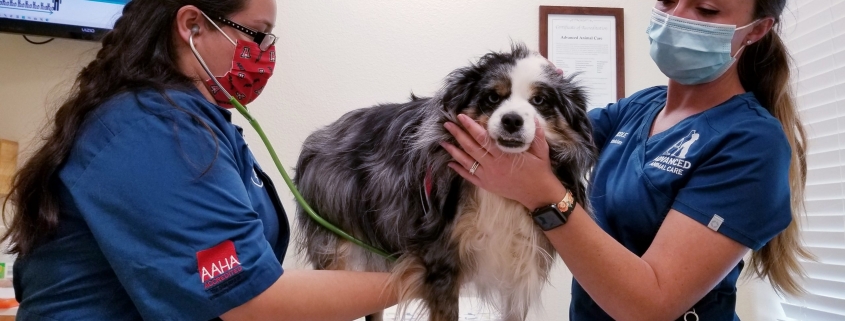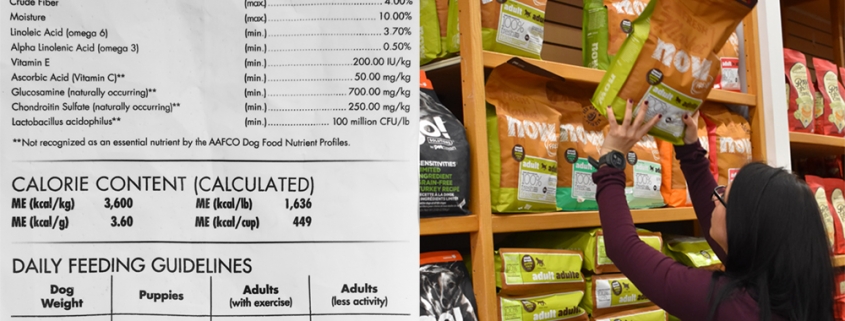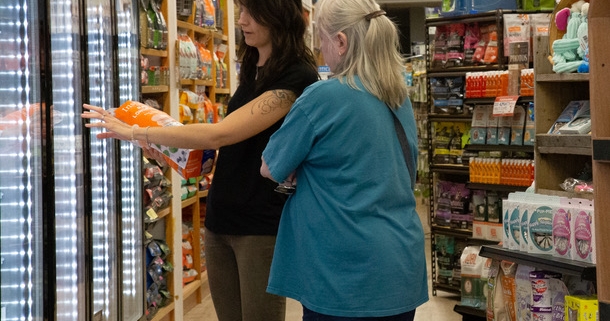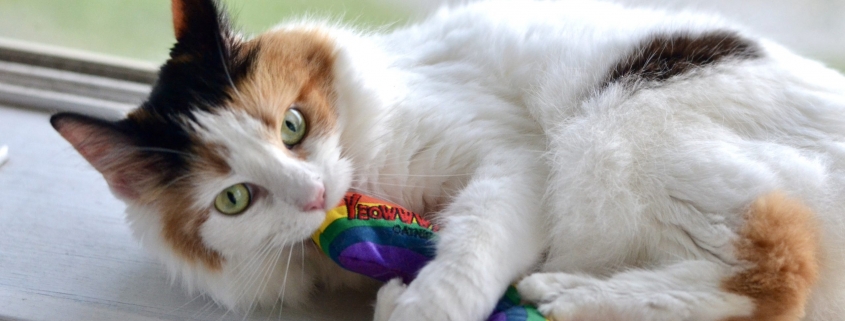Ever wonder how to help determine what food is best for your pets? Packaging and marketing can make it difficult to make choices. Did you ever wish for a guide to help you evaluate the quality and nutrition of products available? Good news! We did just that. Read on…
What if I told you that it’s highly likely that the pet food you are feeding your cat or dog has never been tested to ensure it is nutritionally adequate? Or, maybe it’s been tested, but your pet food company claims the results are ‘proprietary’. What if I told you that some of the most recent pet food recalls and scandals likely could have been prevented if companies were testing to prove nutritional adequacy? The fact is that pet foods are allowed to come to market and be sold without ever being tested to prove nutritional adequacy– leaving your pets exposed to significant risks. Most companies will only perform a palatability study – just to ensure pets like the food. Surprised? …read on.
Lack of accountability
It’s no secret that the pet industry has more than its fair share of problems, and to be honest most of these are self-inflicted wounds. Recalls, contamination issues, formulation errors, and deceptive marketing tactics are numerous. As a ‘retailer’ or ‘shopkeeper’, it’s exhausting to keep on top of issues and communicate them to customers – but it’s way more exhausting to even get pet food companies to answer simple questions – never mind hold them accountable. The more I learn, the more questions I ask – and unfortunately, I keep uncovering holes that many retailers and consumers are woefully unaware of.
We’re starting to change the industry
There are a small number of retailers across the country that have been asking many small and large pet food companies some very pointed questions centering around transparency, formulation, nutrition adequacy testing, safety, and ingredient sourcing. I can count on one hand the number of pet food companies that are truly transparent and provide adequate nutritional and scientific data to back their product. There are several more who are making positive changes. However – most companies are not and to be honest, they really don’t have any incentive to change. They have been getting by doing the bare minimum for years, if not decades. Advertising budgets continue to boom – to keep the consumer largely in the dark, exactly where they want you. But this is where you can help create significant change.
Who’s asking the tough questions?
The problem is that consumers aren’t asking tough questions because many companies have trained consumers to read ingredient labels. This is because the label is something that is easily controlled and manipulated. The consumer’s perception of that label is further distorted through various product claims and marketing ‘puffery’ that alludes even seasoned retailers. Most pet food companies know this and target their marketing efforts, product claims, and packaging design to appeal to the customers (and retailers) desire for certain ingredients. And that is exactly what pet food companies want you to continue to focus on – questions that they can control. They don’t want you to ask the tough questions.
Believe it or not, most companies are not nearly as transparent, or thorough in their manufacturing and formulation processes as they advertise – or would like you to believe. In fact – in asking many of the following questions some companies have actually had the audacity to call me ‘suspicious’ or ‘uneducated’ when I have asked certain questions. You see, when companies start to figure out that you know more than they want you to, they get really uncomfortable. Some will go as far as trying to discredit your experience, education, and reputation to try and scare you from seeking answers. This would not be the case if consumers and even veterinarians started to ask these questions and put pressure on them to change.
How you can help make your pet’s food safer and healthier?
All things considered, I strongly suggest that you reach out to your pet food company and ask the below questions. If consumers begin to put enough pressure on the industry there will inevitably be a positive change. So how can you help hold pet food companies accountable? How can you improve the pet industry and the quality of products on the market?
1. Who formulates your food, and what are their qualifications?
An answer of ‘a team of veterinarians’ or ‘a formulator with 20 years’ of experience’ is not a good enough answer. One thing I’ve learned is that the list of board-certified veterinary nutritionists and board-certified Ph.D. nutritionists who are actually qualified to formulate, evaluate pet food is very short. This is because the science of nutrition is very complex and takes years of schooling and experience – not something many people have done. In short, the company should be willing to provide you the name(s) and qualifications of those formulating – whether they work for the pet food company themselves or on a contract.
2. Do your products meet an AAFCO nutrition profile as verified by a 3rd party nutrition analysis on all of your finished products?
If yes, are they willing to provide a copy of that analysis? A nutrient profile is different from the Guaranteed Analysis on the pet food package and puts the focus on nutrients and not ingredients. Essentially, you’re asking the company to show you the proof that their ingredients are superior. The nutrient profile will display a range of amino acids, essential fatty acids, minerals, vitamins, and fiber. Pay close attention, because most companies are deceptive and will instead provide a ‘Target’ analysis, which is a prediction and NOT representative of the final product. If a company tells you that this information is proprietary, or that they do not perform a nutrient analysis I would highly recommend finding another company that is more transparent and does their due diligence.
3. Do you conduct 3rd party digestibility studies for each of your formulas?
If yes, are they willing to make those publicly available? A digestibility study is important because it tells you what amount of each of the nutrients listed in the nutrition analysis the animal is able to absorb. Some companies will say they do not conduct these studies and claim it is because they don’t test on animals or believe in invasive testing. However – this answer is simply ‘crap’ since digestibility testing is a very simple, non-invasive process that involves feeding the food to a group of dogs or cats over several days, collecting feces, and analyzing the feces. In fact, one could argue that a company that does not perform these tests is using your animal for the experiment – not good! If anyone or any company attempts to tell you otherwise they are simply ignorant to reality.
Ideally, companies should be willing to provide a total percentage of digestibility for fat, protein, energy, and total digestibility. A ‘high quality’ pet food should be in the high-80% range and above. Foods less than this may put your pet at risk for nutritional deficiencies.
4. Do you test your final product to ensure the formulation is correct and ensure there are not any contamination issues?
If so, do they hold those products from the market until all testing comes back clear? You may be surprised to learn how many companies (yes, even raw pet foods) that do not conduct pathogen testing on their final product. We also know that some kibble companies do not conduct nutritional adequacy or even contamination testing prior to products leaving their facilities. This is a significant issue.
5. Does the manufacturing facility where your food is made have 3rd party safety certifications in place?
For reference, these include a Global Food Safety Initiative recognized 3rd party food safety certification (i.e. SQF, BRC) to verify your facility follows adequate manufacturing, food handling, and safety procedures. For many pet food manufacturers, the answer should be yes, mostly because many use the same co-manufacturing facilities (i.e. one manufacturer makes several brands of food). However, there is still a fair share of companies that do not have safety certifications in place, which again put your pet and you at risk for health and nutrition issues. If you ask this question and the answer is no, or they seem confused by the question then the pet food companies ‘transparency’ is likely smoke and mirrors.
References:
Publications: Cammack, N.R., Yamka, R.M., and Adams, V.J. (2021). Low Number of Owner-Reported Suspected Transmission of Foodborne Pathogens From Raw Meat-Based Diets Fed to Dogs and/or Cats. Frontiers in Veterinary Science 8. doi: 10.3389/fvets.2021.741575.
https://www.frontiersin.org/articles/10.3389/fvets.2021.741575/full
Contact Nicci:
www.northpointpets.com
https://www.linkedin.com/in/nicole-cammack-8400084b/?trk=author_mini-profile_title
